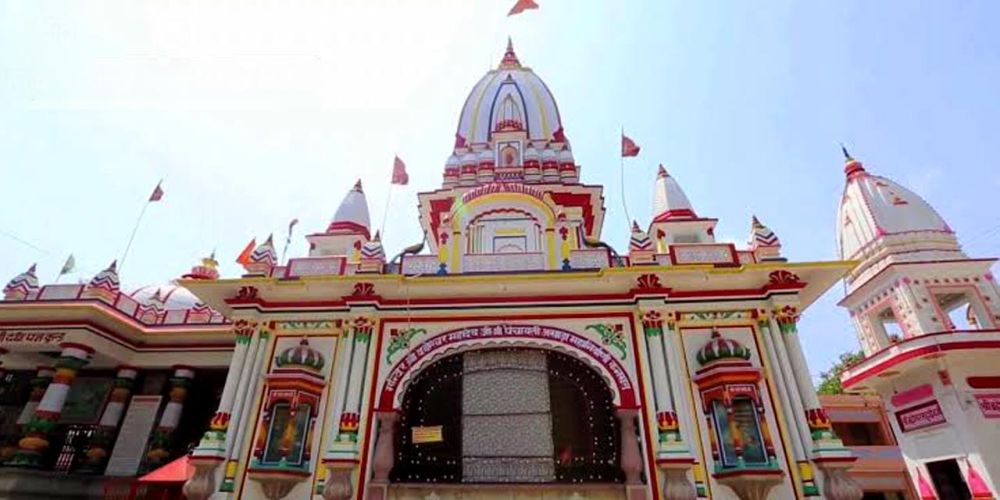

The Daksha Mahadev Temple is one of the most significant temples in the holy city of Haridwar, in the Indian state of Uttarakhand. This ancient temple has a rich history that intertwines with the myths and legends of Hinduism, making it an important pilgrimage site for devotees from all over the world.
The temple is dedicated to Lord Shiva and is closely associated with the legend of Sati, Lord Shiva's first wife. According to the mythology, Sati self-immolated in the Yagna (sacrificial fire) that was conducted by her father Daksha, because he insulted Shiva. The temple is said to be built at the exact site where this tragic event took place. Hence, the temple is named Daksha Mahadev Temple, after Sati's father.
The historical timeline of the temple dates back several centuries and has seen numerous renovations over time. The current structure, while ancient, has received contributions from various patrons over the years, keeping the temple both preserved and functional for worship.
Tourism at the Daksha Mahadev Temple has been integral to Haridwar's identity as a spiritual destination. Haridwar itself is one of the seven holiest places in Hinduism, and the Daksha Mahadev Temple contributes significantly to its sanctity. It is also one of the venues for the famous Kumbh Mela, which is held once every twelve years, wherein millions of pilgrims gather to bathe in the sacred waters of the Ganges, seeking salvation.
The influx of tourists and pilgrims has been recorded and studied over the years, showing peaks during religious festivals and the Kumbh Mela. The city's infrastructure, including accommodation and travel facilities, has developed to support the large numbers of visitors it receives annually.
In recent years, the focus of tourism has expanded beyond just religious aspects. Cultural tourism has seen a rise, with people coming to experience the local customs, food, and art forms that are unique to Haridwar and the surrounding regions of Uttarakhand. Moreover, the growth of wellness tourism has also touched Haridwar, with many tourists visiting for yoga, meditation, and Ayurveda treatments - the ancient Indian system of medicine.
Eco-tourism is also gaining popularity, as the Uttarakhand government promotes conservation efforts and responsible travel, given the region's proximity to the Himalayan ecological zone. The Daksha Mahadev Temple, not being an exception, encourages environment-friendly practices amidst its visitors.
When planning a visit to the Daksha Mahadev Temple, visitors should note the temple timings and the various ceremonies (such as the evening Aarti at the Ganges) that are worth attending. Due to its significant location near the Ganges, the temple offers a scenic and tranquil environment for prayer and contemplation. Nearby attractions such as Har ki Pauri, Mansa Devi Temple, and Chandi Devi Temple further enrich the spiritual journey of the pilgrims.
The best time to visit is typically from October to March when the weather is pleasant. However, for those interested in experiencing the temple in its full religious fervor, visiting during Shivratri or during the Kumbh Mela period is highly recommended.
With its deep historical roots and the evolving patterns of tourism, the Daksha Mahadev Temple remains a timeless destination that continues to draw visitors and pilgrims seeking both spiritual enlightenment and cultural immersion.